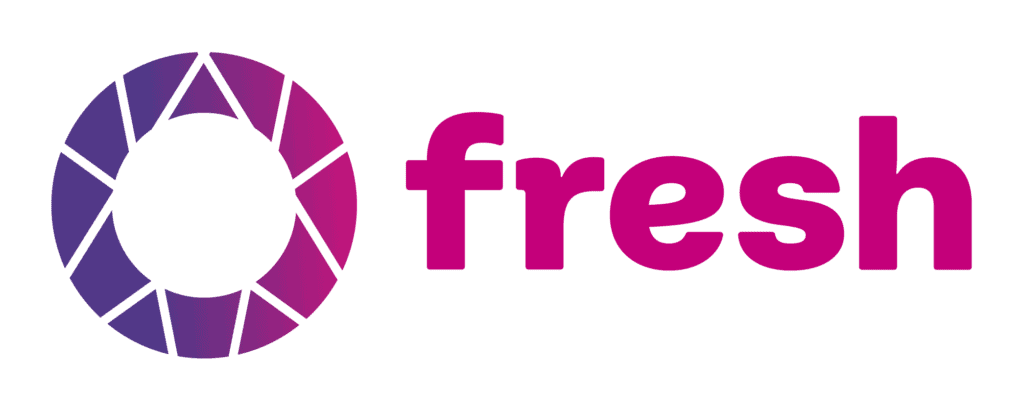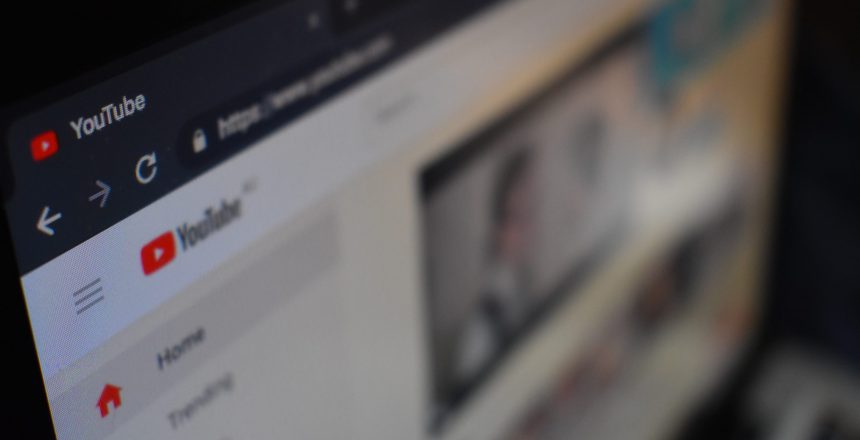Live streaming is a simple and effective way of getting your content out there, engaging with an audience and taking your brand global. Creating great live video has previously been a complex, difficult task with low quality and low impact results.
However, today it is so simple to create a professional live stream, even if you’re not a professional live streamer – live streaming is more relevant and approachable for all. There are many different ways to start and set up live streaming. Today, you can open up your phone, head to facebook and begin streaming Facebook Live or you can build a multi-million pound studio with cameras and AV staff – but most organisations find themselves somewhere in between.
1. Choose your platform
Selecting a platform hugely depends on your organisation and industry and the purpose behind your stream. Each individual platform comes with it’s own advantages and disadvantages, and equally will provide you with open and closed streaming options. However, you don’t need to stream to every destination. If you don’t already have a YouTube audience for example, streaming there is probably not worth your time to manage your stream there. It’s more useful to pick a selected few platforms that already work for you and focus growing your audience on those places. Choose a platform that suits your purpose, where you readily have an audience – otherwise, your efforts could be wasted.
2. Choose your device and setup
It’s important that you know what device(s) you’re going to be streaming from. Previously, to do any kind of video broadcasting, you’ve needed a camera. In today’s world, this can be done from almost any phone, tablet or laptop – however, the quality in which you do that will differ massively. Whilst mobile devices are now seen as a legitimate alternative to cameras, video cameras and expert equipment still remain the best way to broadcast with the best quality.
Here’s what an advanced setup usually looks like for LIVE streaming:
- Video and Audio sources: These are the cameras and microphones you will need to capture your content. It’s worth noting that you will need a couple of each in order to get full coverage of your conference or event.
- Capture Cards: These are the devices that capture the video and audio signal coming from these separate sources.
- An encoder: This can either be a dedicated hardware device that might also double up as a capture card, or a software solution you install on a personal computer.
- Multi-streaming Platform: This is a platform that will enable you to stream to several platforms at the same time from one place.
- Channel for output: This is a platform where you’ll be streaming to. You’ll need a stable wired internet connection with a good upload speed.
- Broadcast Team: To ensure that you have a professional, smooth stream, you’ll need camera, audio and stream operators to control each of these.
There are some nuances to this setup, however. If you are choosing a hardware encoder, for example, you will have to get a separate switcher to switch between video inputs. With a free software encoder, you will probably be able to handle at least two cameras and the switching between them. For more cameras in your setup, you will have to look for a professional-grade software encoder. These you can hire from Fresh Productions or just book a slot in our Remote Studio!
3. Going LIVE!
All live streaming destinations require sending your stream to the internet and if you’re capturing or producing on a phone, tablet or laptop you won’t need a hardware encoder, as the platform you’re using will provide that for you.
However, this is limited to the platform you’re using as those apps will only distribute video for their own platforms. If you rely on the social apps for encoding then you become limited to streaming to that destination. There are specific software’s out there to help you stream to multiple destinations, however, this can often be a complex way to stream.
The best and most common scenario would be to use a hardware encoder to send video to the internet from your switcher or camera. This also gives you the option for multi-destination streaming – the best way to stream and an awesome way to grow your audience. If you’re not sending your broadcast to various different platforms, then you miss the opportunity to maximise your reach. At Fresh productions, we can help you do this in a way that is simple and effective. We do the hard work, you get the credit!
It is vitally important that you carry out a test run of your live stream in advance to going live. Ensure that you give yourself and your team plenty of time to carry this out and address any issues that may arise. This must be done well in advance to release any pressure or stress if there are any problems.
To carry out the test, you should conduct a test stream to your chosen platform after setting it to a private setting. Look out for any issues with buffering, sound quality, audio-video syncing issues and any other issues that are common when streaming. Address and fix the issue until you are sure it’s taken care of rather than hoping it will fix itself and ‘be alright when it’s live.’ Once this test has been conducted, you’re ready to go live!
In conclusion, live streaming is a simple yet effective way of expanding your reach, engaging your audience and growing your business. Go bigger and better with live streaming!
For more information, equipment or ways to bring your live streaming concept to life, get in touch today – our team will be happy to help!


